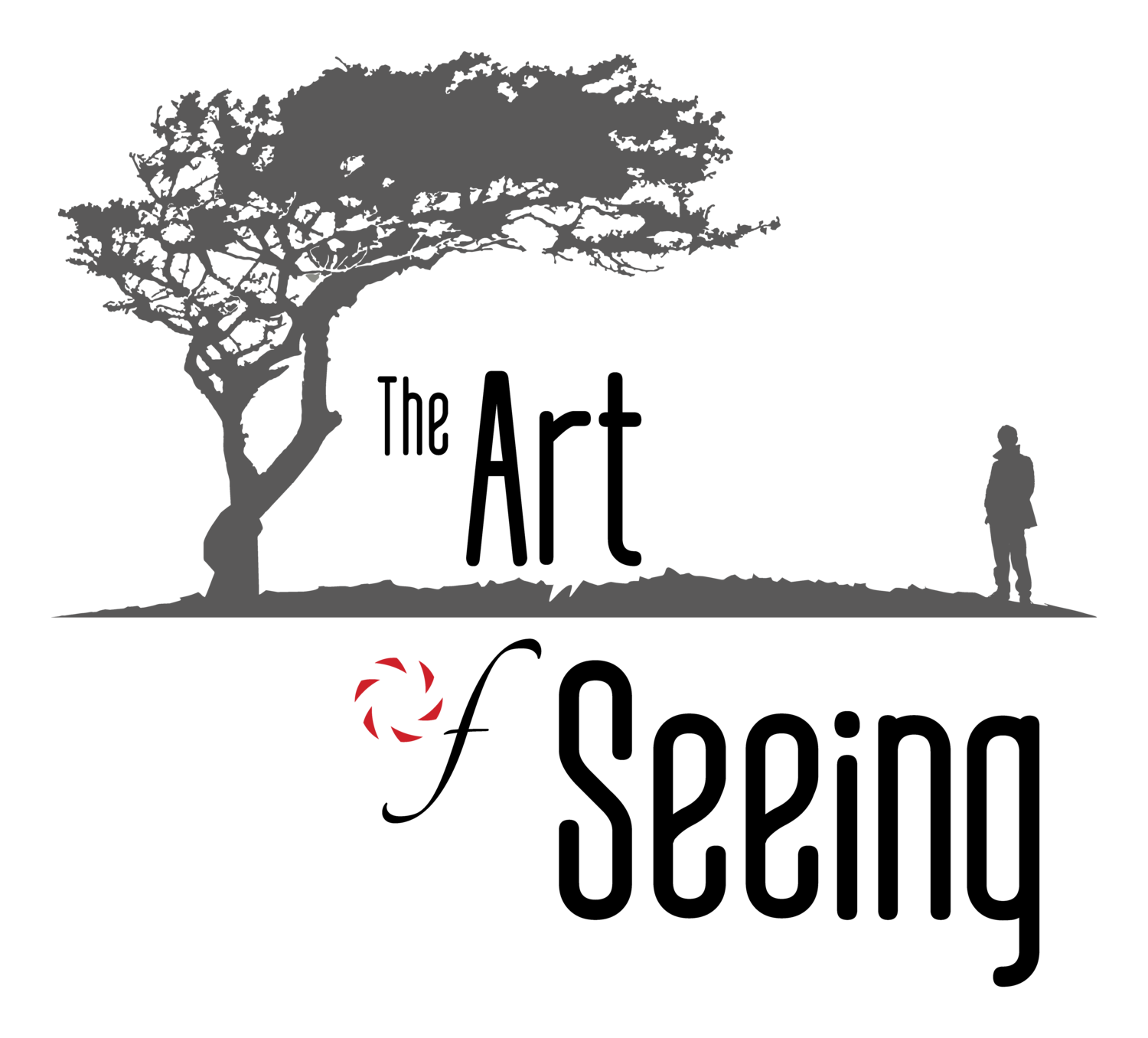Some Days I See Well
Something about the colors, something about the moment. Varanasi, India
“If I could say it in words, there would be no reason to paint.” — Edward Hooper
See Mode
Our final morning on the Ganges was magical. Maybe it was the quality of the light or the rythmic progress of our hand-rown boat through the water that transported me into that wordless state so conducive to creativity. Whatever the reason, for a time, I felt fluent in the visual language. I perceived scenes and moments directly as images without the filter of words. Seeing and composing photographs felt effortless and joyful. Scientists call this mindset a Flow State. Athletes refer to it as being In the Zone. I call it C-mode, for Creative mode or See-mode, for well, you get it.
What is the Art of Seeing?
“There’s nothing worse than a sharp picture of a fuzzy concept.” -Ansel Adams
People often ask me what I mean by the Art of Seeing. Quite simply, it’s the ability to turn off language based Logic-mode (L-mode) thinking and momentarily exist in C-mode, where thinking happens in ideas, images, and feelings. It’s familiar territory to us all…we go there automatically when we look at pictures and we innately understand its vocabulary. That’s why everyone instantly recognizes good photographs. It’s why you knew what a good picture was long before you learned the first thing about photography. But when we try to speak in this tongue, to create photographs, we often feel clumsy and ineloquent. Most people think the problem is a lack of that rare quality called talent – the Photographer’s Eye is a gift bestowed to but a few. But I’ve learned that the real issue is more about using the right tool for the job.
The Role of Craft
The craft aspect of photography complicates things because it seduces you into believing all of the answers lie there....as long as I have the right equipment and really know how to use it, I will produce great pictures. But it’s not true. Gear, technique and software undeniably impact the appearance of photographs, but the role of craft is to execute and polish our vision. It’s the vision itself that is the heart of image making...it’s what the image is about, it’s the difference between taking pictures and making photographs.
Seeing is a Skill…and a Journey
Something I Saw
Learning this lesson was my 'aha moment’ as a photographer and I’ve spent a lot of my career since studying the creative process...and ways to hack it. What I’ve settled on is that Seeing is a skill, one that anyone can learn. I know this from experience. C-mode Seeing didn’t come naturally for me, far from it… but the more I work on it, the easier it becomes. But Seeing is also a practice, in the sense that meditation is a practice. It’s more a lifelong journey than a mountain you summit. And as with all journeys, some days or moments are better than others. The good times are our moments of clarity, the experience of being in flow, in the zone, fully present. It’s the elusive runner’s high that keeps us chasing the dragon. But can that dragon be tamed to show up more often, preferably on demand? I’m still working on that and probably always will be. But over the years I’ve learned some tricks, creative hacks if you will, that entice the muse to appear more reliably. Some are lessons learned from others and some I discovered on my own. I’ve jotted down a dozen or so of my favorites in a short ebook called, Shifting Into C-mode: Practical Ways to Sharpen Your Creative Vision. It’s a free download on my website, I encourage you to check it out if you have any interest in ‘the other half of photography.’
This article is the first in a series I’m calling my Art of Seeing Manifesto. I hope you enjoyed it. Stay tuned for the next installment, Your Next Breakthrough Won’t Be Your Next Camera.



